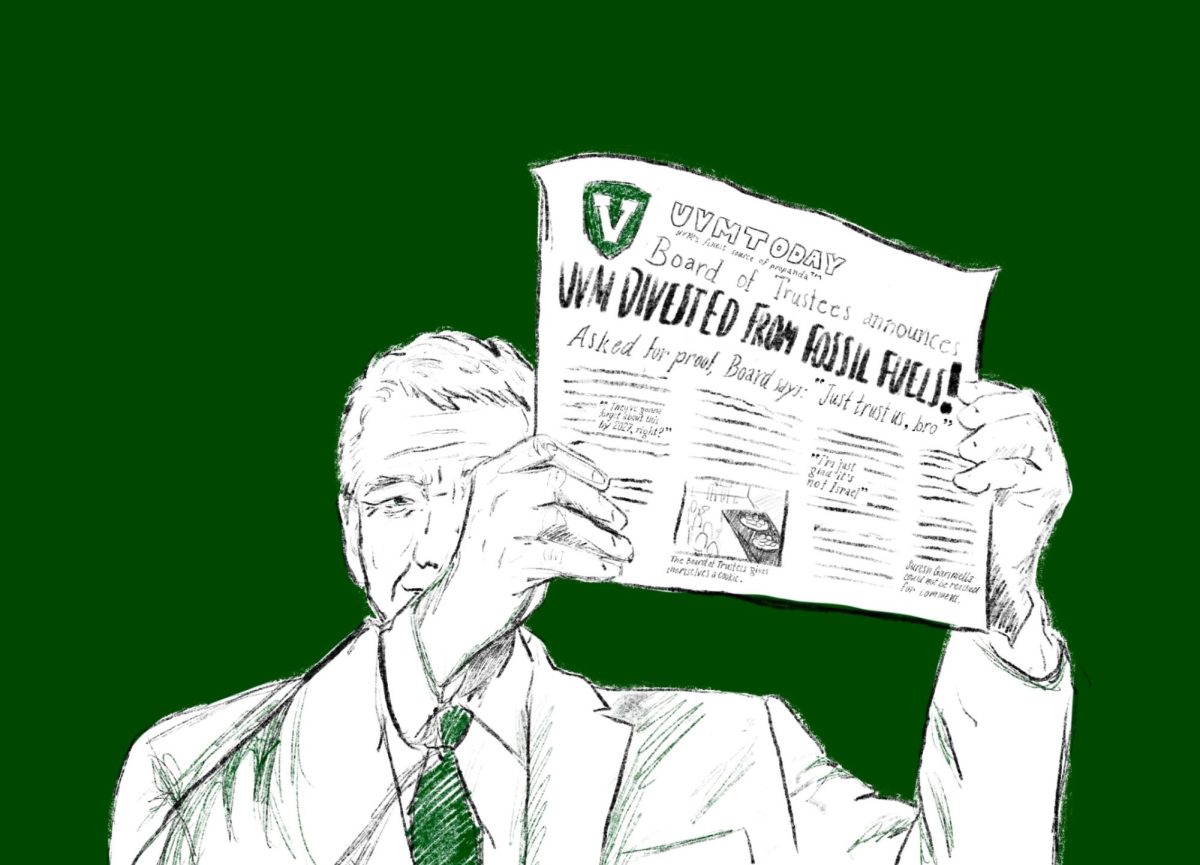In past weeks, the livable wage issue has been thrown around the UVM campus with little comment from the administration. The concern for University employees has grown into not only a subject of debate in the Student Government Association, but has also become the war cry of the Student Labor Action Project outside of Bailey Howe. Everyone has something to say about livable wages, including the university administration, whose opinion has the most clout.
From the beginning, the administration has tried to convey their attitude as one that is not “fundamentally opposed” to livable wages. They find that the situation is one that needs a great amount of research and number crunching. It is not an issue that can be dealt with by taking resolutions from other schools and applying them at UVM.
The Livable Wage Campaign has spoken on campus on numerous occasions and has made their claim that livable wages are completely achievable on campus with very little financial burden on both the students and the university. The administration simply does not find this claim to be realistic.
When Thomas Gustafson, Vice President of Student and Campus Life, spoke for the administration in an interview, he began by declaring that, “In concept, UVM wants its employees to be paid fairly and competitively.”
The fact is that despite the pay not being very high, “UVM has very good benefits.”
Mr. Gustafson went on to explain that the Livable Wage Campaign has not mentioned UVM’s superior healthcare package as well as the fact that University employees can send their family to the school for free.
When both Gustafson and the Livable Wage Campaign spoke to the SGA a little under a month ago, campaign representative Emma Mulvaney-Stanak was the first to speak.
She estimated $2.5 million dollars as the needed amount per year in order for every employee to receive livable wages. She went on to say that when the math is done, this means that students would be paying $303 more per year.
These numbers, however, were based on John Hopkins University and, according to Gustafson, cannot be applied to our situation.
He stated that, unlike John Hopkins, tuition makes up most of the University’s income and not merely nine to ten percent of the school’s revenue.
University President Daniel Fogel addressed the SGA on November 8th.
When asked about livable wages, he upheld the administration’s stance that they are not fundamentally opposed to the Livable Wage Campaign yet, “some ideas make sense and others don’t.”
He spoke of the complicated web that is UVM and how taking money from one place and putting it in another would have innumerable repercussions on the whole system. Fogel also maintained that the University does have an “excellent benefits package” that is not being looked at in this “projected livable wage.”
Finding the numbers for livable wages that can be applied to this university is going to take more than borrowing calculations from other schools.
“This is a situation of apples and oranges,” Gustafson concluded. “[The administration] is not fundamentally opposed to the idea, but we’re going to do it with our eyes open. It’s about responsible decision making — we’re going to take time to analyze.”













![Can’t buy me [self] love](https://vtcynic.com/wp-content/uploads/2024/04/self-care-FINAL-1200x796.jpg)


